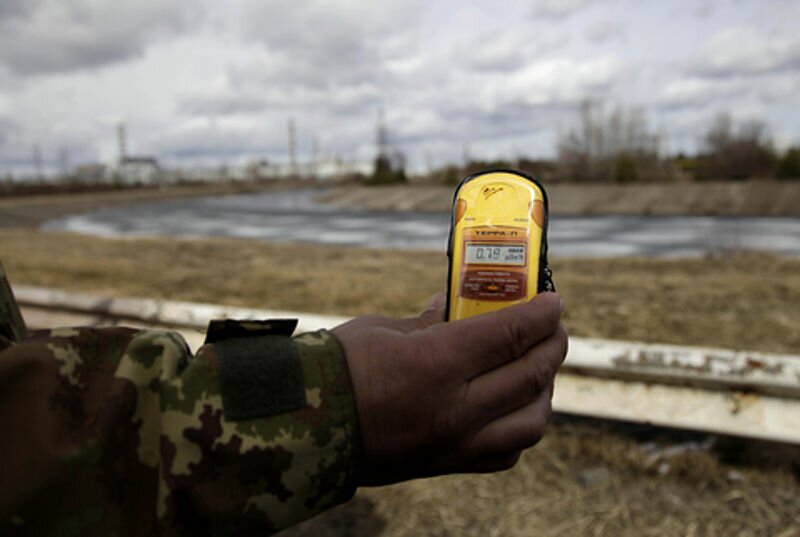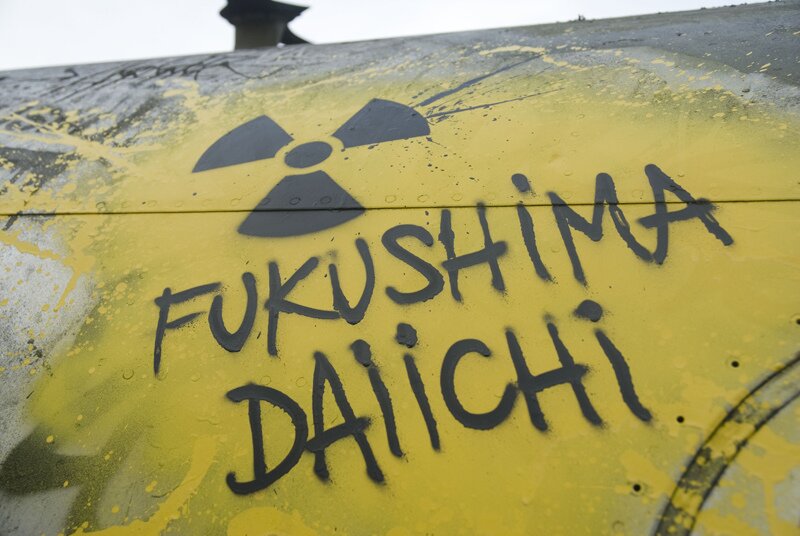Editor (Science)
It is no secret that nuclear radiation lingers long after its release into the atmosphere. Its use as a fuel source and the associated risks to the environment and human health are a constant topic of debate.
This month a study published in Nature Communications has suggested that nuclear radiation levels in the stratosphere are higher than first thought. The radioactive particles remain from tests that took place during the Cold War more than 50 years ago — just one chapter in the history of nuclear fallout. It is clear the lasting effects of such events go beyond such physical reminders as the abandoned Ukrainian town of Pripyat and the Hiroshima Peace Memorial.

Pripyat, Ukraine remains derelict and uninhabited almost 28 years after the disaster at Chernobyl. Despite a relatively low death toll for such an infamous disaster, the ongoing health risks that result from Chernobyl are astounding. The radioactive isotopes released have half-lives of thirty years. The exclusion zone sees no human life with the exception of guided tours and those working to seal off the power plant with installation of a giant metal sarcophagus. The project began in October 2013 and is designed to prevent another large leakage of radiation in the future — hundreds of tons of fuel remains buried inside reactor number four.
There is great debate surrounding the lasting effect of the Chernobyl fallout. Information regarding the effect on people in the years that followed are considered unreliable, due to social issues and misinformation. Although 28 of the 134 liquidators working at the time died of acute radiation sickness (ARS), those that have died since cannot be attributed to ARS for certain. An increased number of cancer deaths in those exposed to radiation from the incident is expected according to World Health Organisation. Another major issue concerns the contamination of crops, water and livestock.
The resulting fallout from Chernobyl is considered to be up to 400 times that released during the bombings of Hiroshima and Nagasaki by the USA at the end of the Second World War in 1945. Chernobyl has emitted low doses of radiation over a long period of time. Conversely, the atomic bombing resulted in high doses in a short time frame.
In estimation up to 166,000 people in Hiroshima and 80,000 in Nagasaki died as a direct result of the atomic bombings, either due to impact, burns or radiation sickness in the months that followed. These events mark the only use of such weapons in warfare in human history.
 More recently was the Fukushima Disaster of 2011 that resulted from the Tōhoku earthquake and subsequent tsunami off the north-east coast of Japan. The overall incident was rated the maximum of seven on the International Nuclear Event Scale (major incident). The World Health Organisation reported various elevated risks, including a 70% risk of thyroid cancer in girls exposed as infants, but maintain that health risks beyond the evacuation zone are low.
More recently was the Fukushima Disaster of 2011 that resulted from the Tōhoku earthquake and subsequent tsunami off the north-east coast of Japan. The overall incident was rated the maximum of seven on the International Nuclear Event Scale (major incident). The World Health Organisation reported various elevated risks, including a 70% risk of thyroid cancer in girls exposed as infants, but maintain that health risks beyond the evacuation zone are low.
Numerous nuclear power plants are in operation across the globe and the UK, in which there are nine currently running and eight proposed new sites including two reactors at Hinkley Point, Somerset. The debate on nuclear fuel as a power source is ongoing. It’s a case of whether cheaper fuel is worth the risk of another disaster.
Image Courtesy: Stefan Kühn, Licensed under the Creative Commons Attribution-Share Alike 3.0 Unported License | Wiki Commons; VOA Photo/D. Markosian, Licensed under the Public Domain | Wiki Commons; thierry ehrmann (http://www.flickr.com/photos/home_of_chaos/5571367843/)
Bethan Young
Latest posts by Bethan Young (see all)
- Our Radioactive Legacy - January 19, 2014
- What Does ‘Dry January’ Mean for Our Bodies? - January 15, 2014
- Successful Spacewalk for NASA - December 29, 2013





No comments
Be the first one to leave a comment.